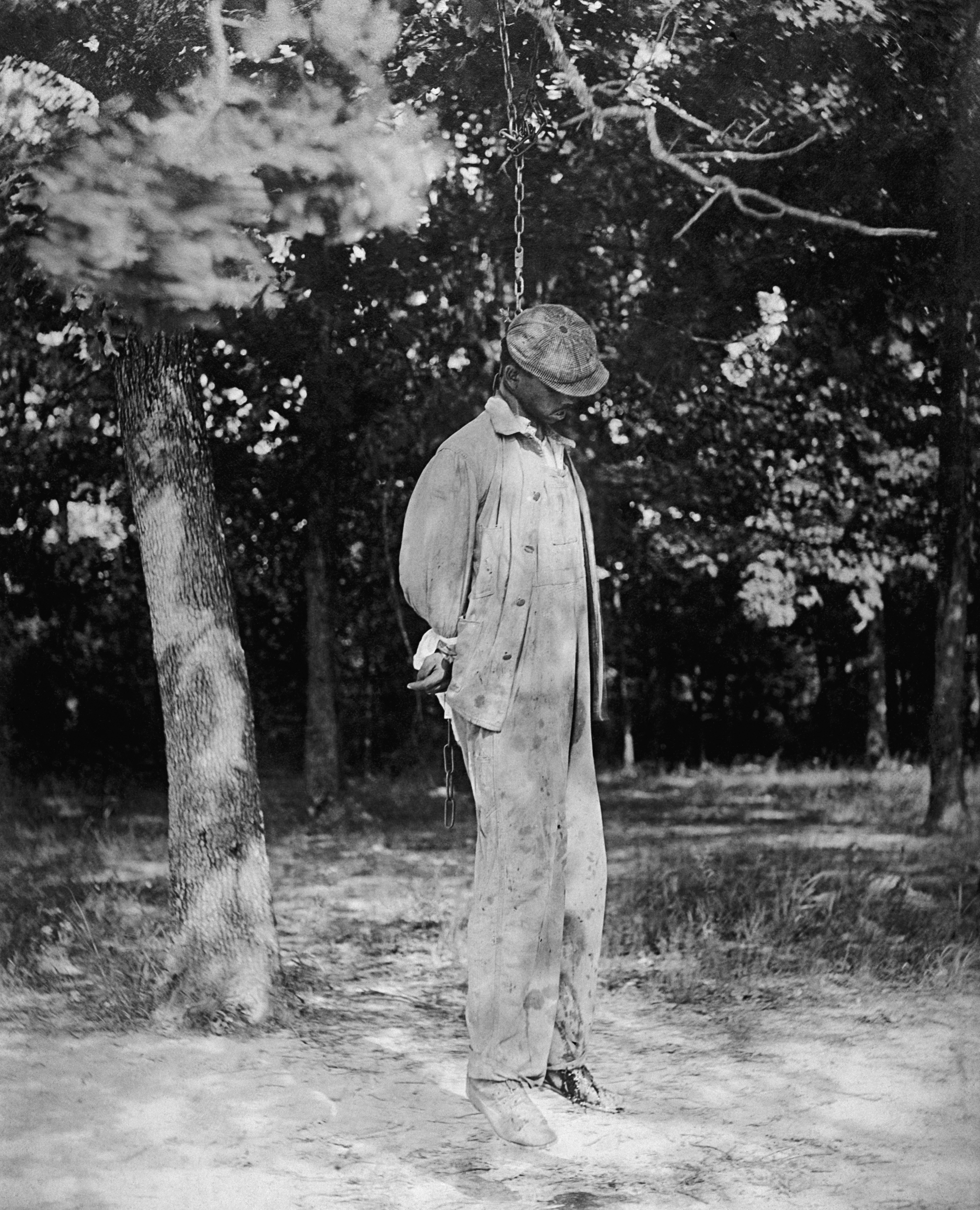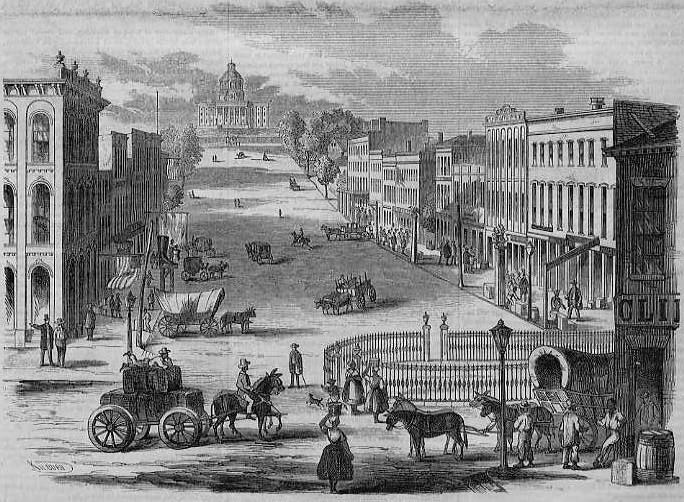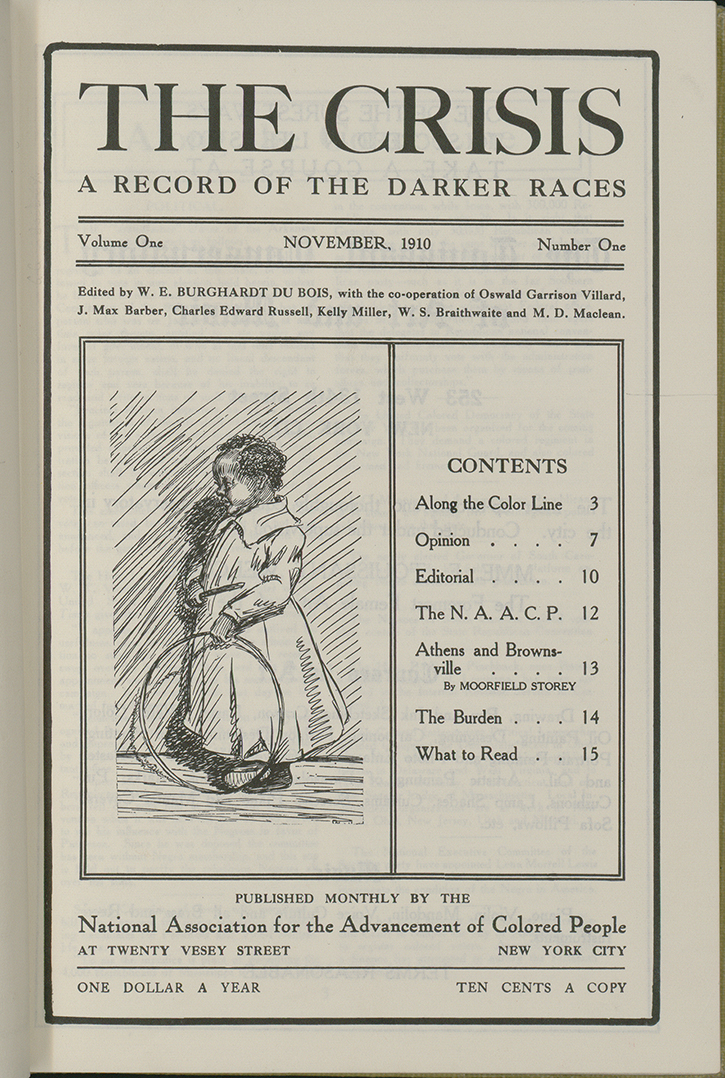|
Lynching Of Austin Callaway
Austin Callaway, also known as Austin Brown (d. 9 September 1940), was a young African-American man who was taken from jail by a group of six white men and lynched on September 8, 1940, in LaGrange, Georgia. The day before, Callaway had been arrested as a suspect in an assault of a white woman. The gang carried out extrajudicial punishment and prevented the youth from ever receiving a trial. They shot him numerous times, fatally wounding him and leaving him for dead. Found by a motorist, Callaway was taken to a hospital, where he died of his wounds. Events A white woman in LaGrange, Georgia, the county seat of Troup County, complained to local police that she had been assaulted by a young black man. Austin Callaway was arrested as a suspect. Sources disagree as to his age, reporting him as age 16, 18, [...More Info...] [...Related Items...] OR: [Wikipedia] [Google] [Baidu] |
Lynching In The United States
Lynching was the widespread occurrence of extrajudicial killings which began in the United States' pre–Civil War South in the 1830s and ended during the civil rights movement in the 1950s and 1960s. Although the victims of lynchings were members of various ethnicities, after roughly 4 million enslaved African Americans were emancipated, they became the primary targets of white Southerners. Lynchings in the U.S. reached their height from the 1890s to the 1920s, and they primarily victimised ethnic minorities. Most of the lynchings occurred in the American South because the majority of African Americans lived there, but racially motivated lynchings also occurred in the Midwest and border states. Lynchings followed African Americans with the Great Migration () out of the American South, and were often perpetrated to enforce white supremacy and intimidate ethnic minorities along with other acts of racial terrorism. A significant number of lynching victims were accused ... [...More Info...] [...Related Items...] OR: [Wikipedia] [Google] [Baidu] |
Association Of Southern Women For The Prevention Of Lynching
The Association of Southern Women for the Prevention of Lynching (ASWPL) was a women's organization founded by Jessie Daniel Ames in Atlanta, Georgia in November 1930, to lobby and campaign against the lynching of African Americans.Nancy Baker JonesASSOCIATION OF SOUTHERN WOMEN FOR THE PREVENTION OF LYNCHING ''Handbook of Texas Online''. Uploaded on June 9, 2010. Published by the Texas State Historical Association. The group was made up of middle and upper-class white women. While active, the group had "a presence in every county in the South" of the United States. It was loosely organized and only accepted white women as members because they "believed that only white women could influence other white women." Many of the women involved were also members of missionary societies. Along with the Commission on Interracial Cooperation (CIC), the ASWPL had an important effect on popular opinion among whites relating to lynching. History Nine-tenths of all lynchings during the 1890s to t ... [...More Info...] [...Related Items...] OR: [Wikipedia] [Google] [Baidu] |
September 1940 Events
September is the ninth month of the year in both the Julian and Gregorian calendars, the third of four months to have a length of 30 days, and the fourth of five months to have a length of fewer than 31 days. September in the Northern Hemisphere and March in the Southern Hemisphere are seasonally equivalent. In the Northern hemisphere, the beginning of the meteorological autumn is on 1 September. In the Southern hemisphere, the beginning of the meteorological spring is on 1 September. September marks the beginning of the ecclesiastical year in the Eastern Orthodox Church. It is the start of the academic year in many countries of the northern hemisphere, in which children go back to school after the summer break, sometimes on the first day of the month. September (from Latin ''septem'', "seven") was originally the seventh of ten months in the oldest known Roman calendar, the calendar of Romulus , with March (Latin '' Martius'') the first month of the year until pe ... [...More Info...] [...Related Items...] OR: [Wikipedia] [Google] [Baidu] |
Lynching Deaths In Georgia (U
Lynching is an extrajudicial killing by a group. It is most often used to characterize informal public executions by a mob in order to punish an alleged transgressor, punish a convicted transgressor, or intimidate people. It can also be an extreme form of informal group social control, and it is often conducted with the display of a public spectacle (often in the form of a hanging) for maximum intimidation. Instances of lynchings and similar mob violence can be found in every society. In the United States, where the word for "lynching" likely originated, lynchings of African Americans became frequent in the South during the period after the Reconstruction era, especially during the nadir of American race relations. Etymology The origins of the word ''lynch'' are obscure, but it likely originated during the American Revolution. The verb comes from the phrase ''Lynch Law'', a term for a punishment without trial. Two Americans during this era are generally credited for coining ... [...More Info...] [...Related Items...] OR: [Wikipedia] [Google] [Baidu] |
Deaths By Person In Georgia (U
Death is the irreversible cessation of all biological functions that sustain an organism. For organisms with a brain, death can also be defined as the irreversible cessation of functioning of the whole brain, including brainstem, and brain death is sometimes used as a legal definition of death. The remains of a former organism normally begin to decompose shortly after death. Death is an inevitable process that eventually occurs in almost all organisms. Death is generally applied to whole organisms; the similar process seen in individual components of an organism, such as cells or tissues, is necrosis. Something that is not considered an organism, such as a virus, can be physically destroyed but is not said to die. As of the early 21st century, over 150,000 humans die each day, with ageing being by far the most common cause of death. Many cultures and religions have the idea of an afterlife, and also may hold the idea of judgement of good and bad deeds in one's life (heaven, ... [...More Info...] [...Related Items...] OR: [Wikipedia] [Google] [Baidu] |
Montgomery, Alabama
Montgomery is the capital city of the U.S. state of Alabama and the county seat of Montgomery County. Named for the Irish soldier Richard Montgomery, it stands beside the Alabama River, on the coastal Plain of the Gulf of Mexico. In the 2020 census, Montgomery's population was 200,603. It is the second most populous city in Alabama, after Huntsville, and is the 119th most populous in the United States. The Montgomery Metropolitan Statistical Area's population in 2020 was 386,047; it is the fourth largest in the state and 142nd among United States metropolitan areas. The city was incorporated in 1819 as a merger of two towns situated along the Alabama River. It became the state capital in 1846, representing the shift of power to the south-central area of Alabama with the growth of cotton as a commodity crop of the Black Belt and the rise of Mobile as a mercantile port on the Gulf Coast. In February 1861, Montgomery was chosen the first capital of the Confederate States of ... [...More Info...] [...Related Items...] OR: [Wikipedia] [Google] [Baidu] |
Equal Justice Initiative
The Equal Justice Initiative (EJI) is a non-profit organization, based in Montgomery, Alabama, that provides legal representation to prisoners who may have been wrongly convicted of crimes, poor prisoners without effective representation, and others who may have been denied a fair trial. It guarantees the defense of anyone in Alabama in a death penalty case. Founder Bryan Stevenson was depicted in the legal drama ''Just Mercy,'' which is based on his memoir '' Just Mercy: A Story of Justice and Redemption.'' The film tells the story of Walter McMillian and, in less detail, the stories of numerous other cases that Stevenson worked. The Equal Justice Initiative won the 2020 Webby People's Voice Award for Charitable Organization / Nonprofit in the category Web. History The Equal Justice Initiative (EJI) was founded in 1989 in Montgomery, Alabama, by attorney Bryan Stevenson, who has served as the organization's executive director ever since. Stevenson has been working on Alabama ... [...More Info...] [...Related Items...] OR: [Wikipedia] [Google] [Baidu] |
National Association For The Advancement Of Colored People
The National Association for the Advancement of Colored People (NAACP) is a civil rights organization in the United States, formed in 1909 as an interracial endeavor to advance justice for African Americans by a group including W. E. B. Du Bois, Mary White Ovington, Moorfield Storey and Ida B. Wells. Leaders of the organization included Thurgood Marshall and Roy Wilkins. Its mission in the 21st century is "to ensure the political, educational, social, and economic equality of rights of all persons and to eliminate race-based discrimination". National NAACP initiatives include political lobbying, publicity efforts and litigation strategies developed by its legal team. The group enlarged its mission in the late 20th century by considering issues such as police misconduct, the status of black foreign refugees and questions of economic development. Its name, retained in accordance with tradition, uses the once common term ''colored people,'' referring to tho ... [...More Info...] [...Related Items...] OR: [Wikipedia] [Google] [Baidu] |
The Crisis
''The Crisis'' is the official magazine of the National Association for the Advancement of Colored People (NAACP). It was founded in 1910 by W. E. B. Du Bois (editor), Oswald Garrison Villard, J. Max Barber, Charles Edward Russell, Kelly Miller, William Stanley Braithwaite, and Mary Dunlop Maclean. ''The Crisis'' has been in continuous print since 1910, and it is the oldest Black-oriented magazine in the world. Today, ''The Crisis'' is "a quarterly journal of civil rights, history, politics and culture and seeks to educate and challenge its readers about issues that continue to plague African Americans and other communities of color." History The Du Bois era Beginnings and the Du Bois era The original title of the magazine was ''The CRISIS: A Record of The Darker Races''. The magazine's name was inspired by James Russell Lowell's 1845 poem, "The Present Crisis". The suggestion to name the magazine after the poem came from one of the NAACP co-founders and noted white ab ... [...More Info...] [...Related Items...] OR: [Wikipedia] [Google] [Baidu] |
Luverne, Alabama
Luverne is a city in and the county seat of Crenshaw County, Alabama, United States. The city describes itself as "The Friendliest City in the South", a slogan that appears on its "welcome" signs. At the 2020 census, the population was 2,765. History Luverne was one of numerous towns developed in the state as a result of railroad construction. On July 2, 1880, the Montgomery and Southern Railway was created to construct a new railroad linking Montgomery to the Florida coast. The company completed around of narrow gauge track by September 18, 1882. The company was reorganized as the Montgomery and Florida Railway in May 1886, and a second time as the Northwest and Florida Railroad in 1888. In November 1888, the railroad reached the site of Luverne in the central part of Crenshaw County, near the Patsaliga River. Now totaling the line was converted to standard gauge by July 1889 and it was decided to proceed no further. The Alabama Terminal and Improvement Company, a subsidi ... [...More Info...] [...Related Items...] OR: [Wikipedia] [Google] [Baidu] |
Brownsville, Tennessee
Brownsville is a city in and the county seat of Haywood County, Tennessee, Haywood County, Tennessee, United States, located in the western Its population as of the 2010 census was 10,292, with a decrease to 9,788 at the 2020 census. The city is named after General Jacob Brown, Jacob Jennings Brown, an American officer of the War of 1812. History Brownsville was a trading center that developed in association with cotton plantations and commodity agriculture in the lowlying Delta of the Mississippi River around Memphis, Tennessee and West Tennessee. It is located north of the Hatchie River, a tributary of the Mississippi, which originally served as the main transportation routes to markets for cotton. The land was developed by planters for cotton plantations, and worked by large numbers of enslaved persons now called African Americans, who made up a majority of the town and county population. The town is notable for its many well-preserved homes owned by wealthy planters before ... [...More Info...] [...Related Items...] OR: [Wikipedia] [Google] [Baidu] |






